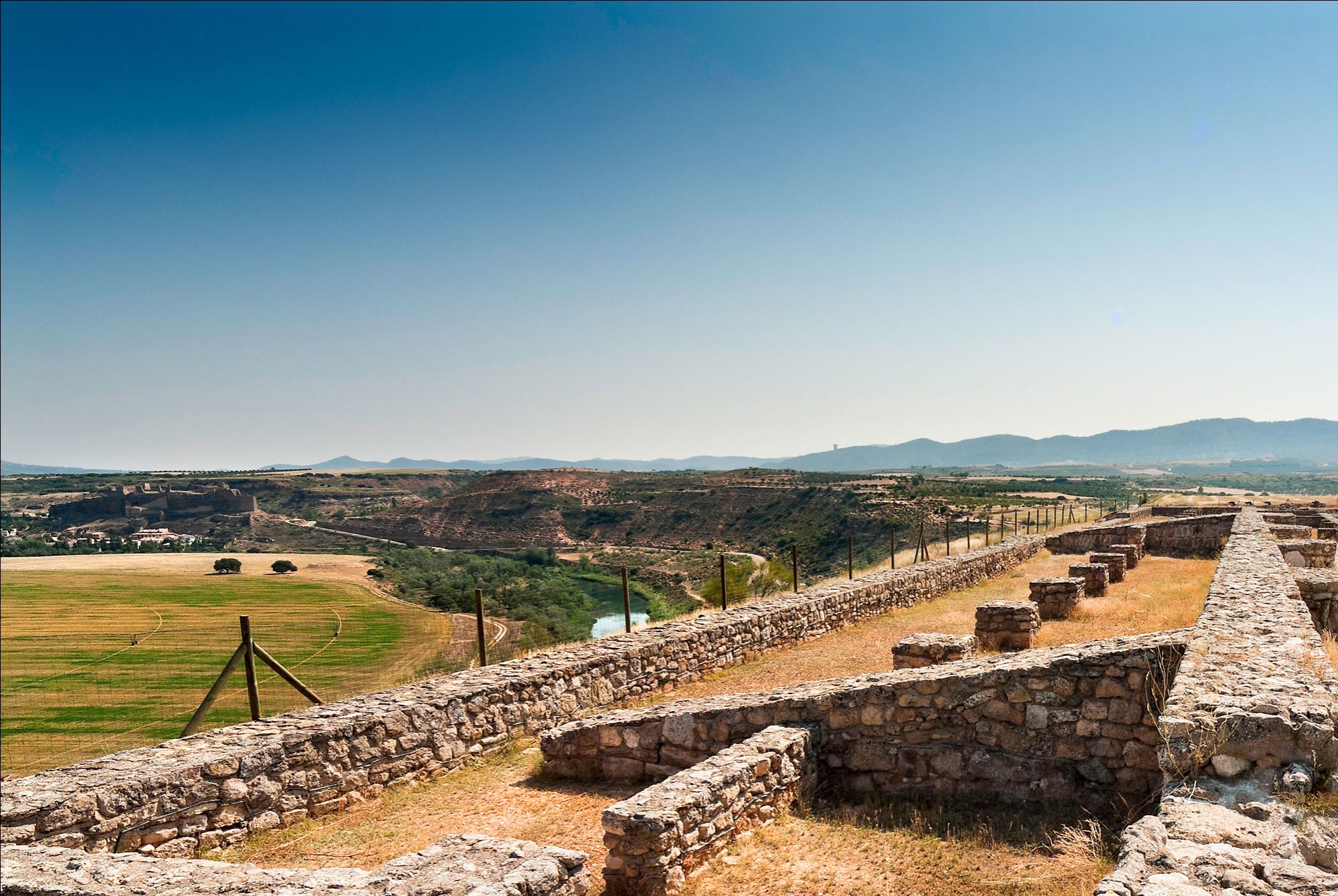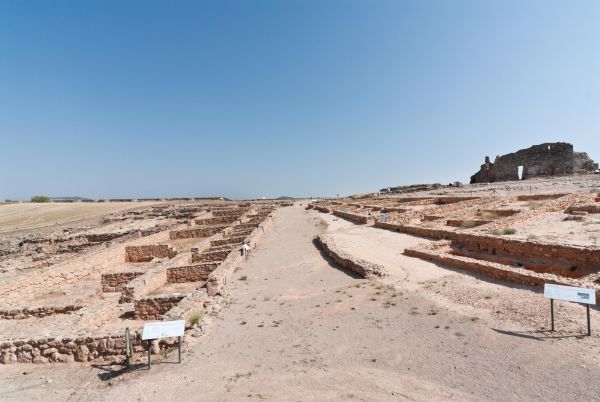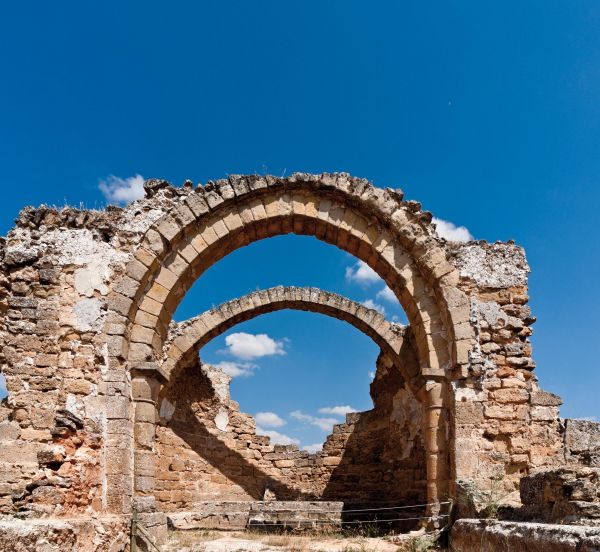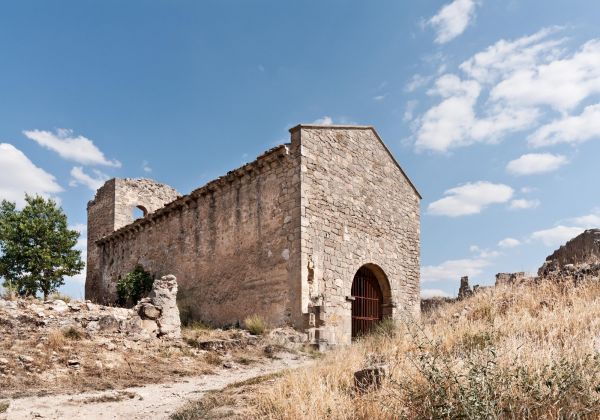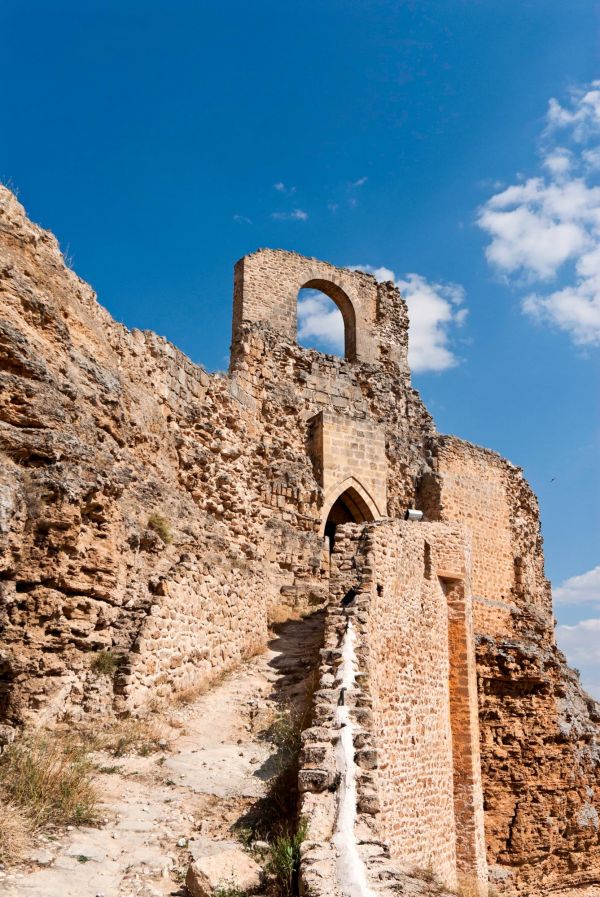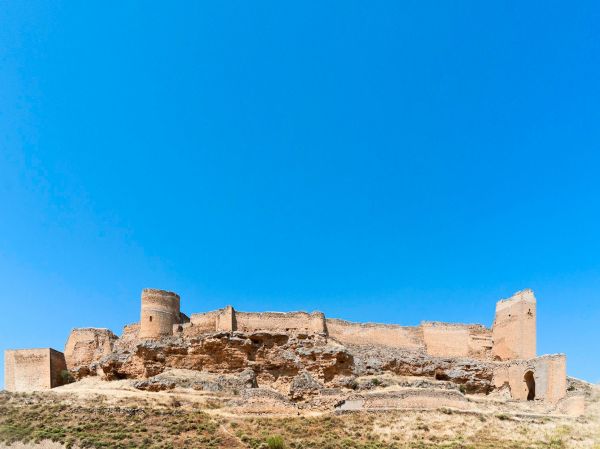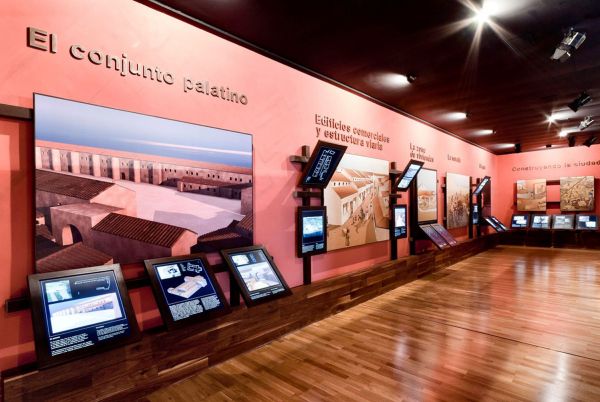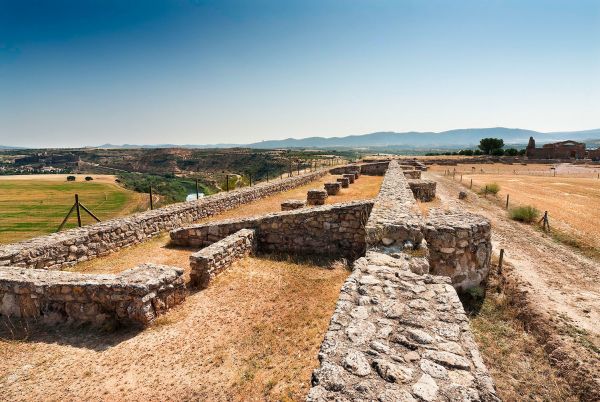Two ancient cities on the banks of the Tajo
Guadalajara
On the shores of the Tajo river, on the river banks spreading up to the flanks of the Altomira range, a modern Visigoth city and another Andalusian city were built over 1,500 years ago. Both make up the Recópolis Archaeological Park –in the town of Zorita de los Canes–, a fantastic journey through the past of Castilla-La Mancha less than an hour from Guadalajara.
Recópolis is now the only Visigoth city in Europe built where there was no previous settlement. King Liuvigild founded the city in 578, imitating Byzantine emperors and giving it the name of his son, the future King Reccared. A walk through its streets takes us on a trip through time from the 6th century to the 17th century, and reveals the secrets of the three cultures that left their mark: Visigoth, Andalusian and Christian.
The enclave, surrounded by a large wall with towers and several entry gates, even has an aqueduct, the only known from the Visigoth era. We can walk down what was the commercial street, which leads to an administrative and religious monumental complex where a large palace and the Palatine church were built.
Upstream, also on the shores on the Tajo and less than a kilometre and a half away, another surprise awaits in the form of an Andalusian city. Zorita was founded in the early 9th century and its construction used materials from the nearby Recópolis. The city became, during the Umayyad era, the capital of one of the administrative districts of Al-Andalus. Its citadel –a fortified complex– and the medina –the city itself–, surrounded by a wall separating it from suburbs or outer neighbourhoods, are highlights Zorita was, after its conquest by Alfonso VI, an important spot for Christian power. In the 12th century, the castle became a great fortress and a large Roman church was built inside.
To complete your visit, we recommend going to the Park Interpretation Centre.
Nearby lies Almonacid de Zorita, whose municipal district, next to the Tajo river banks, features a river park set up so visitors can enjoy a marvellous day of swimming, rest and relaxation.
The ‘Camino Natural del Tajo’ Nature Walk runs through here, part of which can be followed, crossing the river to reach Sacedón.
May also be of interest to you
Castilla-La Mancha Tourism in 2023. All rights reserved.

 365
365
